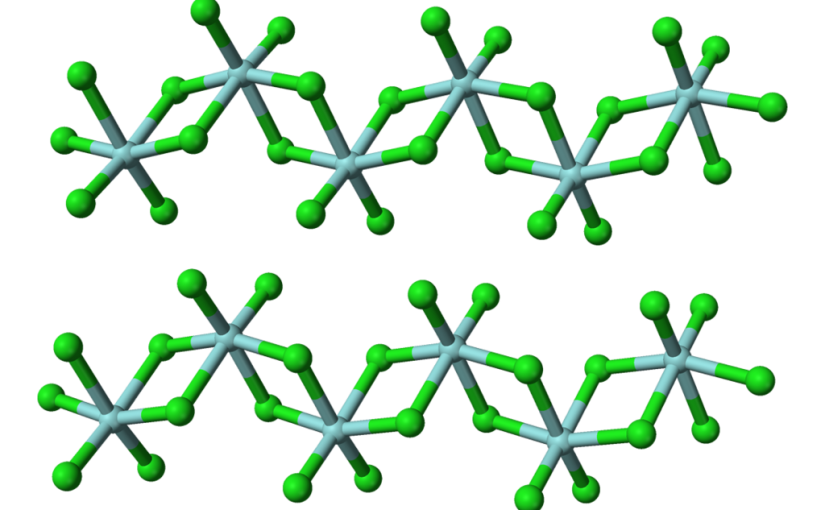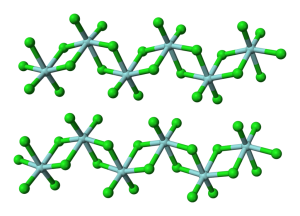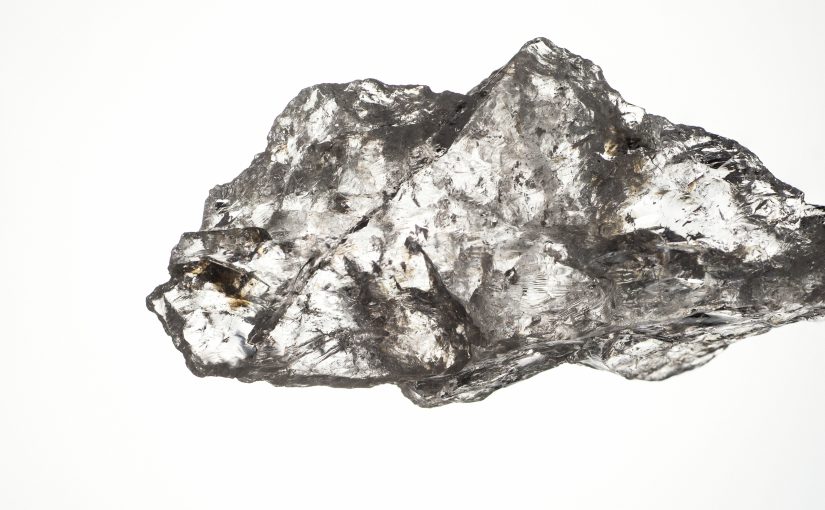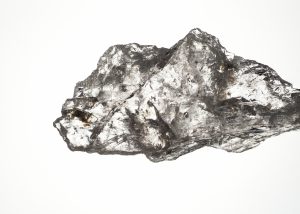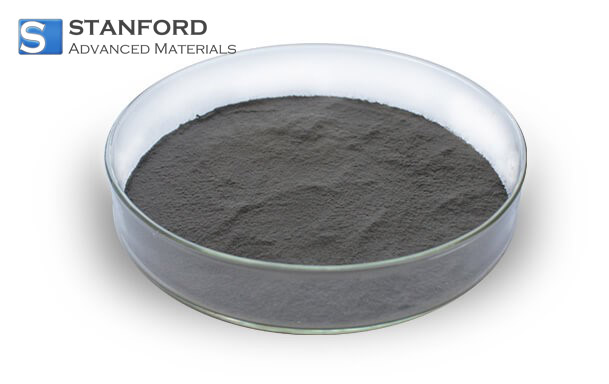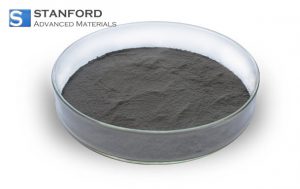The purification of zirconium tetrachloride is the process of removing the impurities of crude zirconium tetrachloride. Zirconium tetrachloride is generally prepared by chlorination of zirconium carbide, zircon, or zirconium dioxide. At this time, the finished product also contains a considerable amount of impurities such as FeCl3, AICl3, TiCl4, SiCl4, ZrOCl2, and carbon powder. To obtain high-purity zirconium tetrachloride, these impurities must be removed. The mainstream methods for purifying zirconium tetrachloride mainly include the hydrogen reduction method, the molten salt purification method.
Hydrogen Reduction
Principles
The basic principles on which this law is based are:
(1) Since Zrcl4 and TiCl4 and SiCI4 have different vapor pressure differences at the same temperature, by controlling a specific temperature, TiCl4, SiCl4 and H2O can be sublimated and removed;
(2) Since ferrous chloride or chromium chloride has a high boiling point (the former is 1303K, the latter is 1573K), trivalent iron and chromium can be reduced to divalent with hydrogen. At the sublimation temperature of ZrCl4 (723-933K), FeCl2, CrCl2 and ZrOCl2 do not sublime and remain in the residue and separate from zirconium.
Process
The purification furnace of the hydrogen reduction method consists of a sublimation furnace and a condenser. The sublimation furnace is a stainless steel container with a cylinder inside, and a multi-layer tray is placed in the cylinder. The zirconium tetrachloride is packed on the tray with an appropriate thickness, and the top of the sublimation furnace is sealed with the condenser to collect the purified ZrCl4.
The work is carried out in three steps.
Step 1
Evacuate the furnace and heat it to a temperature of 423-473K, while the pressure continued to rise. TiCl4, SiCl4, HCI, H2O and adsorbed chlorine gas are discharged out of the furnace by timing exhaust method.
Step 2
Evacuate the furnace and fill it with hydrogen, and raise the temperature to 573K. The iron and chromium in FeCl2 and CrCl2 are reduced to a low-price state.
Step 3
Gradually heat the furnace to 873-933K, and keep the temperature of the condenser at 523K. At this time, ZrCl4 continuously enters the condenser from the sublimation furnace and condenses into a solid, while FeCl3 and CrCl3 do not volatilize and remain in the slag.
Summary
The purification operation time depends on the physical state, impurity content and processing volume of the raw materials. 2.0~2.5t ZrCl4 generally needs to be purified for 100~120h, and the recovery rate of zirconium is 97%~98%. The main impurity content (mass fraction ω/%) of refined ZrCl4 is as follows:
| Impurities | After purification (mass fraction ω/%) |
| Fe | 0.001 |
| Al | 0.008 |
| Ti | <0.003 |
| Si | 0.006 |
Molten Salt Purification
Principle
The basic principle on which this method is based is that zirconium, iron and aluminum form Na2ZrCl6, K2ZrCl6, NaFeCl4, KFeCl4, NaAlCl4 and KAlCl4 double salts in the NaCl-KCl molten salt system, respectively.
Zirconium double salt can be re-decomposed to ZrCl4 at the set temperature, while Na(K)FeCl4 and Na(K)AlCl4 are stable compounds with high boiling point. Due to the different partial pressures of zirconium salts and iron and aluminum salts at the same temperature, it can be separated from them by controlling a specific temperature to only volatilize ZrCl4. Crude ZrCl4 is purified by washing with molten salt and filtering.
Process
There are two methods of industrial production: intermittent operation and continuous operation.
Intermittent operation
First, make ZrCl4, NaCl, and KCl into molten salt in proportion, remove volatile components at a temperature of 573K, and then raise the temperature of the salt pool to a temperature of 773-873K, so that ZrCl4 is continuously volatilized to the condenser for collection.
Continuous operation
Add the crude ZrCl4 to the molten salt pool with a temperature of 623-723K by a screw feeder for washing and purification, and then transfer the ZrCl4 gas to a bubbling molten salt pool with a temperature of 773-873K for secondary purification. The gaseous product enters the baghouse and condenser for collection.
Summary
This method is suitable for processing raw materials with high iron and aluminum impurities. The main impurity content (mass fraction ω/%) of ZrCl4 product after purification is:
| Impurities | After purification (mass fraction ω/%) |
| Fe | 0.01~0.002 |
| Al | 0.003~0.008 |
| Ti | 0.002~0.009 |
| Si | 0.002~0.008。 |
Liquid Purification Method
In addition to the above two mainstream purification methods, there is also a liquid purification method. The process is to pass hydrogen and nitrogen mixed gas into the bottom of the purification furnace with a structure similar to that of the fluidized chlorination furnace, so that the coarse ZrCl4 powder in the furnace forms a fluidized layer, and trivalent chlorides such as iron and chromium are reduced to two due to reduction. The high boiling point chlorides remain in the slag and separate from ZrCl4. The refined ZrCI4 gas enters the condenser for cooling and collection after being filtered.
For more information about zirconium tetrachloride or othe
zirconium products, please visit https://www.samaterials.com/.
